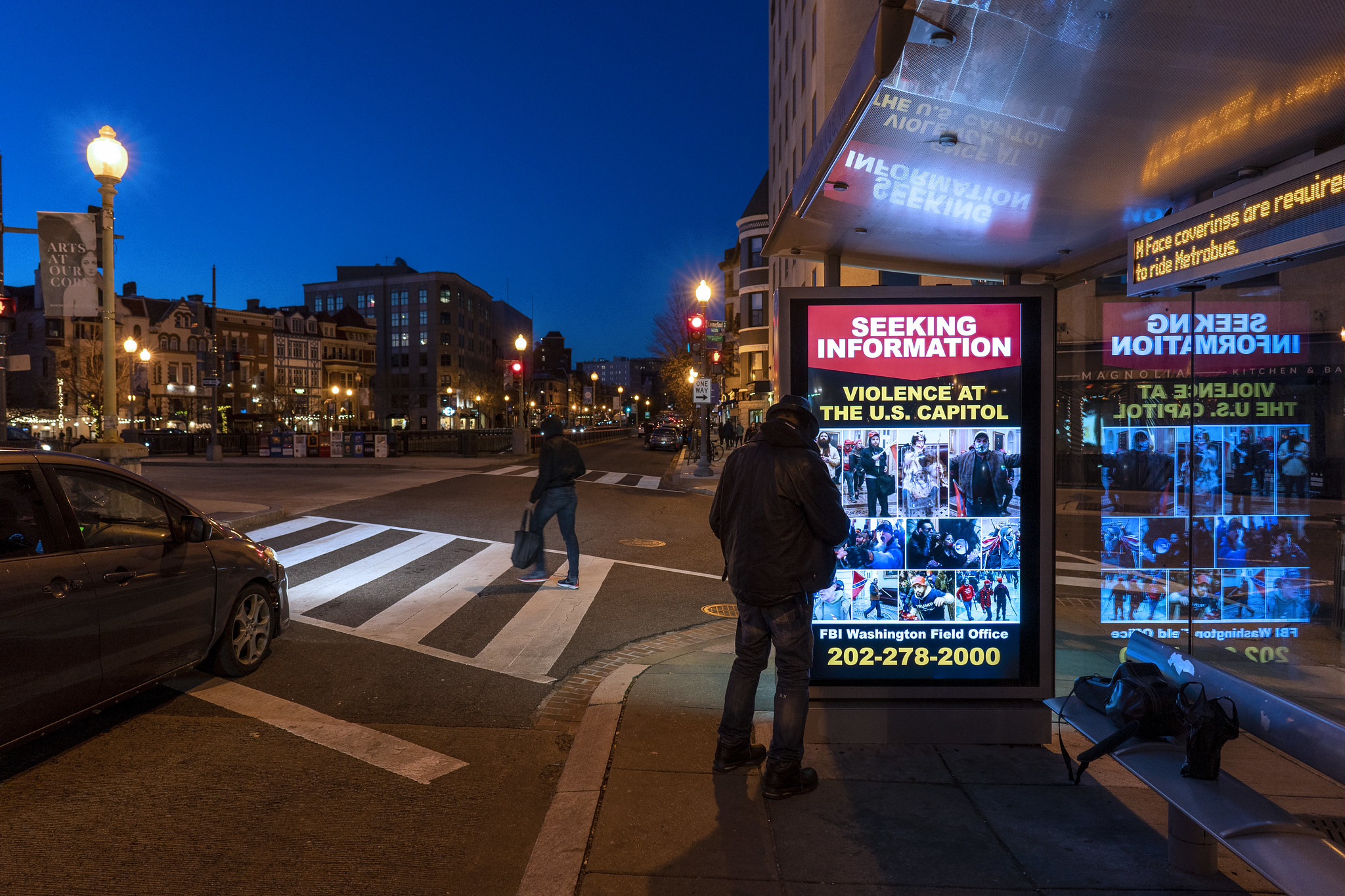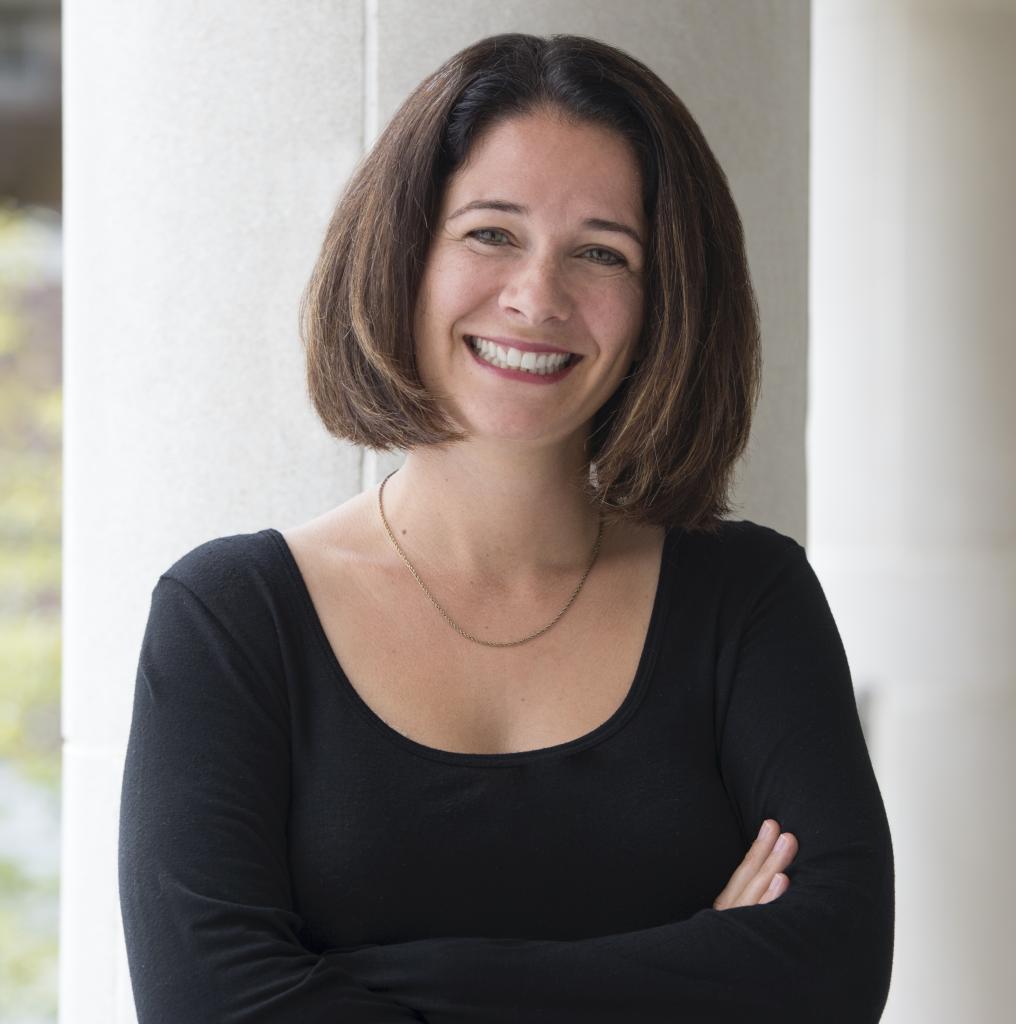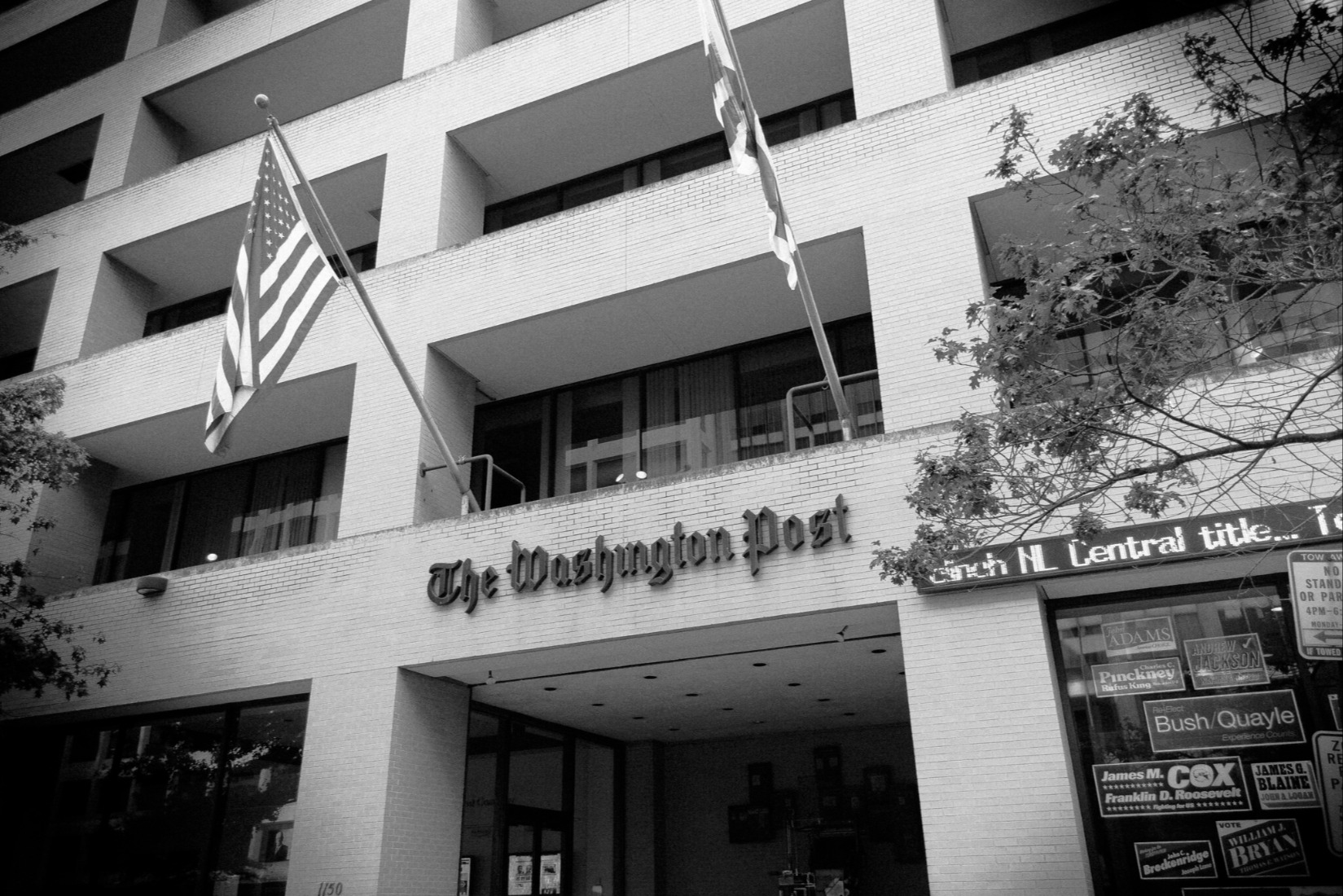Felony Murder and the Storming of the Capitol
Though the facts of precisely what happened at the Capitol are still coming to light, it seems likely that prosecutors could file felony murder charges against at least some of the rioters.

Published by The Lawfare Institute
in Cooperation With

When the news broke that people had been killed during the Capitol riot on Jan. 6, commentators began speculating that at least some of the pro-Trump rioters could be charged with murder—in particular, felony murder. The felony murder rule is a complicated legal doctrine that can result in a murder conviction for people who did not intend to kill and for people who did not personally cause anyone’s death. Though the facts of precisely what happened at the Capitol are still coming to light, it seems likely that prosecutors could file felony murder charges against at least some of the rioters.
The Felony Murder Rule
Ordinarily, a person is guilty of murder only if she intentionally kills another person. The felony murder rule is an exception to this ordinary rule. It allows a murder conviction for deaths that occur in the course of certain crimes. There are limits on the rule, which vary from jurisdiction to jurisdiction. But the basic concept is that the intention to commit the other crime can somehow substitute for the intention to kill the victim.
Imagine, for example, that I decide to kidnap the child of a wealthy business person. I snatch the child off the street, gag him, put him in the trunk of my car and drive to a secluded cabin in the mountains. If the child suffocates and dies in my trunk, I can be convicted of murder—felony murder, that is. Because I did not kill the child on purpose, I could not be charged with murder absent the felony murder rule, as murder requires an intentional killing. Instead I could be charged only with manslaughter or some other lesser homicide crime. But the felony murder rule essentially treats my intent to commit the kidnapping as if I had intentionally killed the child.
There are limits on the felony murder rule—most importantly, what crimes can trigger it. If I accidentally kill someone when I am intentionally driving one mile over the speed limit, I am not guilty of felony murder. The intentional crime must be more serious.
Different jurisdictions take different approaches to deciding which crimes are serious enough to trigger the rule. Those decisions are usually made by the legislature and enshrined in a statute. Jurisdictions have listed a variety of triggering crimes in their statutes, such as burglary, arson, robbery, kidnapping, rape, or escape from incarceration or arrest. Only those people who intentionally committed a crime listed in a felony murder statute can be charged with felony murder.
Additionally, the death has to have taken place while the person was trying to commit the crime. For example, if I committed arson two years ago, and then I accidentally kill someone on my way to the grocery store tomorrow, I am not guilty of felony murder.
Besides these limitations, though, there are also important ways in which the rule is expansive. Most notably, it allows a murder conviction for people who did not personally cause the victim to die. The classic example of this expansion is bank robbery by a group of people. If one of the robbers shoots a customer in the bank during the robbery, the other bank robbers could also be convicted of felony murder even though they didn’t pull the trigger. Put simply, felony murder treats all the robbers as complicit in the customer’s death.
That someone who didn’t personally kill the victim can be convicted of felony murder has serious consequences. Some jurisdictions treat felony murder no differently than intentional murder, meaning that at least some people who didn’t personally kill can even get the death penalty.
Because the consequences are so serious, additional limitations sometimes apply to those who didn’t personally kill. One limitation is that the death must have been foreseeable—it can’t have been completely unpredictable. The death must also have been in furtherance of the felony. If, for example, the bank robber shot the customer to settle an old personal grudge, then the other bank robbers couldn’t be charged with felony murder.
While some states have placed limitations on felony murder charges for those who didn’t personally kill, others have expanded the possibility for felony murder charges even further. In some states, the felony murder rule even includes deaths that were caused by a person who wasn’t committing the underlying crime. Most states will allow a felony murder conviction only if either the defendant or someone with whom the defendant committed the crime ended up killing someone. But some states will allow a conviction if the victim was killed by someone else, including a police officer, so long as the defendant’s crime “sets in motion a chain of events” that led to the death.
Felony murder is a controversial doctrine. A number of people have called on states to repeal their felony murder statutes or to modify them to change the complicity rules. But the rule remains quite popular, and most states and the federal government have some version of the rule.
Felony Murder and the Deaths at the Capitol
There is no doubt that the storming of the Capitol led to deaths. Capitol police officer Brian Sicknick died after sustaining injuries at the hands of the mob. Rosanne Boyland, a Trump supporter, was reportedly trampled to death outside the Capitol. Law enforcement shot rioter Ashli Babbitt after she attempted to enter the Speaker’s Lobby inside the building. In the future, additional information may surface about these deaths that would change the legal analysis—for example, perhaps Boyland’s death was caused by a heart attack that occurred before she was trampled. But for the moment, I will assume that these deaths were caused by the riot.
Since people died, the first question to ask is whether people committed a serious enough crime to trigger the felony murder rule—in particular, the federal felony murder statute, as people who have been arrested for what they did at the Capitol are being charged in federal court. That statute lists many crimes that can trigger the felony murder rule—including arson, murder, treason and espionage—but the most likely to apply here is burglary.
There’s no federal statute that defines burglary, but the Supreme Court has used a pretty broad definition of the crime when interpreting other statutes, characterizing burglary as unlawfully entering or remaining in a building with the intent to commit another crime. Lower federal courts have used a similar definition when interpreting the felony murder statute, though at least one has suggested that the entry has to be “forcible” and not merely unlawful.
Does that definition of burglary describe the people who stormed the Capitol on Jan. 6? I would say yes. They forcibly entered the building by knocking over barricades, breaking windows and assaulting Capitol police. And it is clear that many of them entered the Capitol Building to commit further crimes. Some of them intended to steal government property. Others, more chillingly, appear to have intended to restrain, harm or even kill members of Congress. And even those who merely entered the Capitol in order to disrupt the counting of the electoral votes also committed burglary, because that disruption can also be charged as separate crimes.
Indeed, finding crimes with which to charge people who stormed the Capitol will not be particularly difficult. As Bryce Klehm, Alan Rozenshtein and Jacob Schulz wrote on Lawfare, “Federal criminal law is, to put it mildly, expansive on the subjects relevant to” the events of Jan. 6.
Because it will prove relatively easy to charge the storming of the Capitol as burglary, any of the rioters who were involved in assaulting Officer Brian Sicknick or who trampled on Rosanne Boyland could be charged with felony murder. Charges for the death of Ashli Babbitt are less likely, because she was killed by law enforcement. It isn’t clear to me whether federal law permits felony murder charges to be brought for deaths that were caused by a person who wasn’t even committing the underlying crime. The text of the federal statute seems to be written too narrowly to permit those charges, but I haven’t been able to locate any judicial opinions making that issue clear.
Perhaps the biggest question is whether the rioters who entered the Capitol, but who did not assault Sicknick or trample Boyland, can be convicted for felony murder. Federal prosecutors have brought charges in similar circumstances in the past. Felony murder charges were filed against two men who helped organize the 2012 attack on the U.S. diplomatic compound in Benghazi that killed U.S. Ambassador Christopher Stevens and three other Americans, even though those defendants were not present when the Americans died.
Because the law of complicity and felony murder is so complicated, I reached out to a true expert on felony murder—Guyora Binder, a law professor at SUNY Buffalo who has written a thoughtful book on the topic. Binder explained that there are two major hurdles to charging the other rioters with felony murder for the deaths of Sicknick and Boyland. First, there is a question whether all the rioters were committing a single burglary and were thus complicit in the same crime. Second, even if the rioters were complicit in a single burglary of the Capitol, the law sometimes imposes additional requirements before allowing felony murder charges for those who did not personally kill.
The question whether the rioters are all complicit in the same burglary is an interesting one. While I have little doubt that most everyone who stormed inside the Capitol committed a burglary, it’s not clear whether they all committed the same burglary, or whether they were committing separate burglaries at the same time. The resolution of this question is likely to turn on facts that are simply not public at this time. To the extent that people planned with others to enter the Capitol before the riot, it should be relatively straightforward to say that they all committed the same burglary. But for those who made the decision only when they saw others entering the building, it may be more difficult to say that they were acting in concert with each other.
In particular, as Binder told me, if the rioters had different crimes in mind when they entered or if they didn’t know what crimes the other rioters intended—or even whether they intended any further crime—then all the rioters are not “mutually complicit in the same burglary.” If a rioter committed a different burglary than the rioters who assaulted Sicknick or trampled Boyland, then he or she can’t be convicted of felony murder.
The second question—whether federal law requires something in addition to mere complicity in the burglary for felony murder charges—is unclear as a matter of law. Binder and I discussed a recent opinion from federal district court Judge Jed Rakoff, which said that felony murder requires not only complicity in the underlying felony but also knowledge of “a genuine (and not just fanciful or remote) risk that someone would be killed.” Another district court judge rejected Rakoff’s decision. Binder thinks that Rakoff has the better of the arguments. But he added that “given that there are district courts that are applying different rules, it seems to be an open question in federal law.”
In short, felony murder charges are definitely on the table for at least some of the people who stormed the Capitol. But it remains to be seen how broadly the rule can be applied to the rest.





